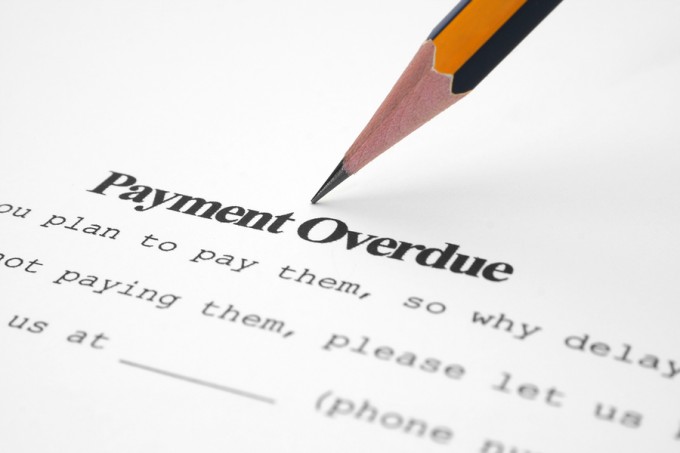Tackling Poor Payment Practices from your Customers

Poor payment practices are something that should ideally be addressed at the beginning of the business relationship. However, sometimes poor payment practices can arise after business has already begun. So what can you do to combat poor payment practices before or during carrying out work with your customer?
Take into account the Battle of the forms
If one set of terms is not signed as agreement by the other party, who’s T&Cs you are working under, yours or your customers’? This is often referred to as the battle of the forms, simply put this is the last piece of paper to be brought to attention. For example, if your customer was to send you their T&Cs and then you subsequently sent yours after, then your T&Cs would be applicable henceforth. Knowing this will enable you to build leverage, should your customer have poor payment practices. Sometimes, both sets of terms are signed by the other party, this causes confusion over conflicting clauses, therefore work with either your set or your customers set & negotiate over any terms that you would like amending.
If under customer’s terms & conditions of purchase, Know and understand their T&Cs, and ensure that you agree with all aspects
It is essential that you fully understand your customers’ T&Cs and make sure you agree with everything detailed within them. If there are any aspects that you don’t agree with (and usually there will be) then you should try and negotiate with your customer. This doesn’t need to be an argument, simply state your position and ask that you can mutually agree to a compromise. By doing this you and your customer are fully aware of the contract carried out, and therefore disputes can be handled much faster.
If under your Terms and Conditions of sale, have your terms and conditions accepted
Your terms and conditions should be appropriate for your business model, and should protect you from poor payment practices. If you want your customer to be under your T&Cs they need to be accepted and you need to be able to demonstrate adequate acceptance. This can come in a number of forms: written, verbal of acceptance by conduct, and in having this you can use evidence of acceptance as leverage should poor payment practices come into play.
Find out more on acceptance of Terms and Conditions.
Implement a credit hold policy
In order to implement a credit hold policy you must have it within your Terms and Conditions; when introducing the credit policy to existing customers, you should circulate new T&Cs and gain acceptance. By doing this you are able to withhold any goods or services due to late or non-payment until payment is received; this should spur on your customer to pay you quicker than originally intended. You need to ensure you have a provision to withhold service or goods if payment is overdue in your T&Cs or you may find yourself in breach of contract.
Keep track of when payments coming in
Some customers may begin to slip in terms of their payment practices; keeping track of the time of payment, this should help you to identify potential issues before a customer’s payment turns into a severely late payment or even bad debt. For example, if a customer that has previously payed 30 days from date of invoice but has recently been reaching 40 days, then you may have identified a potential cash flow issue within their business. Giving them a call and enquiring as to why their payment performance has slipped, not only has the potential to improve a business relationship but also to reduce the risk you may be exposed to.
Our outsourced collections service can help you to tackle poor payment practices by taking over your credit control function – find out more
